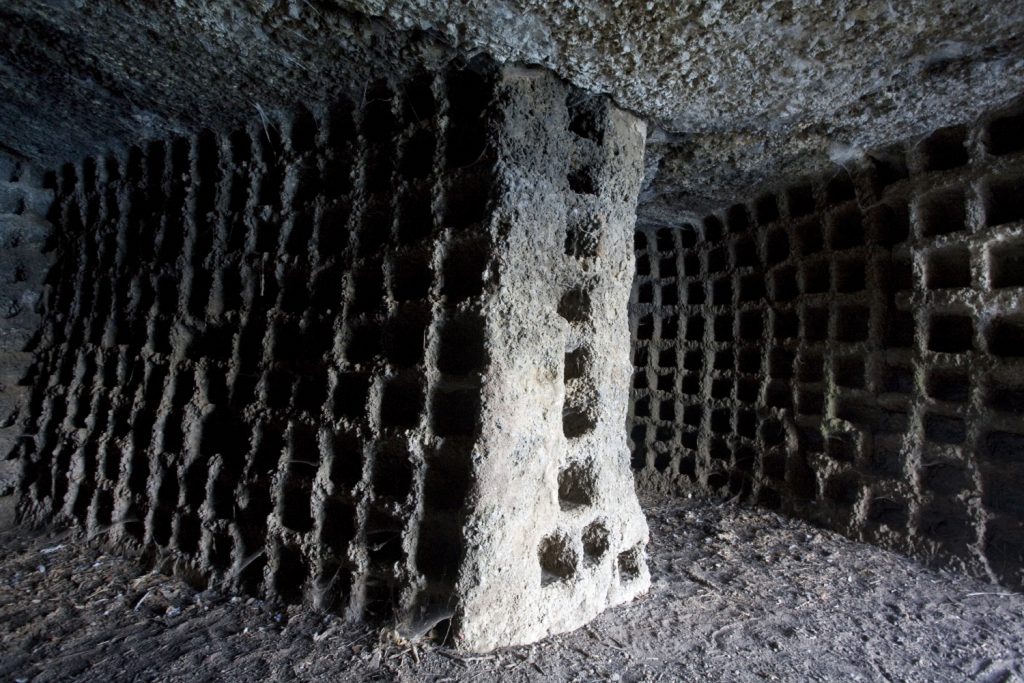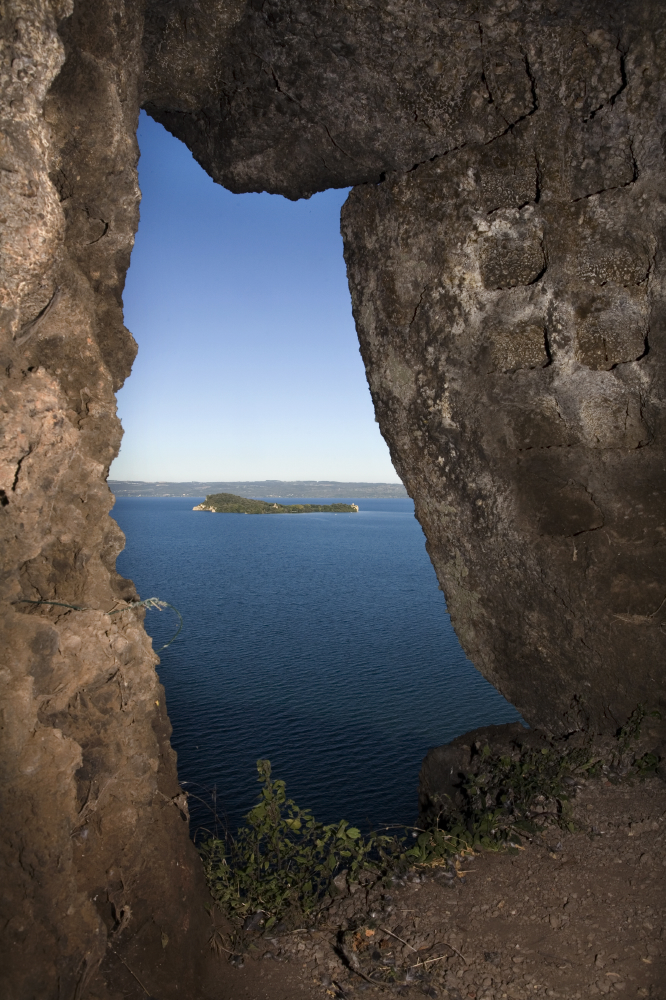- admin
- Nov, 09, 2024
- Places to visit
- Commenti disabilitati su 17. Etruscan Necropolis


The city of Visentium, located near present-day Capodimonte, is notable for the vastness of its necropolis, which stretches for about 5.5 kilometers across the territory, with burials distributed in various locations. The tombs reflect the complex social and cultural stratification of the population, with funerary practices varying from cremation to inhumation depending on the era and social rank. The oldest cremation tombs, dating back to the Villanovan period, were often accompanied by hut-shaped urns, while the later inhumation tombs were characterized by tuff boxes. Some chamber tombs, carved into the tuff cliff, belonged to wealthier families and contained valuable burial goods. The objects found during excavations, including ceramics, bronzes, jewelry, and weapons, testify to the high level of craftsmanship achieved by the city, particularly in bronze working and the casting of functional and ornamental items. Among the most prized finds are bucchero pottery, late geometric ceramics, and precious metal artifacts, which reflect cultural and commercial contacts with other areas of the Mediterranean, such as Vulci and Tarquinia. The presence of gold jewelry, Egyptian scarabs, and a rare gold dental prosthesis highlights the wealth and innovation of Visentium society. Over time, however, the site has been devastated by illegal excavation activities and deep plowing, which have compromised part of the archaeological heritage. Nevertheless, research continues, revealing more and more details about the complex history and culture of Visentium.
In 2024, a recent discovery of a series of tombs in the Bucacce area was made possible by the work of archaeologists involved in “The Bisenzio Project,” an international and transdisciplinary initiative conceived and directed by Andrea Babbi, a researcher at the Institute of Cultural Heritage Sciences of the National Research Council (CNR-Ispc). Experts found a portion of a burial nucleus that had escaped the looting by so-called tomb raiders. Through the intense research activity that began in 2015 and is supported by the Fritz Thyssen Stiftung, scholars are outlining a new interpretative framework for the archaeological site of Bisenzio, which roughly corresponds to the mountain of the same name, located on the southwestern shore of Lake Bolsena, the largest volcanic lake in Europe.